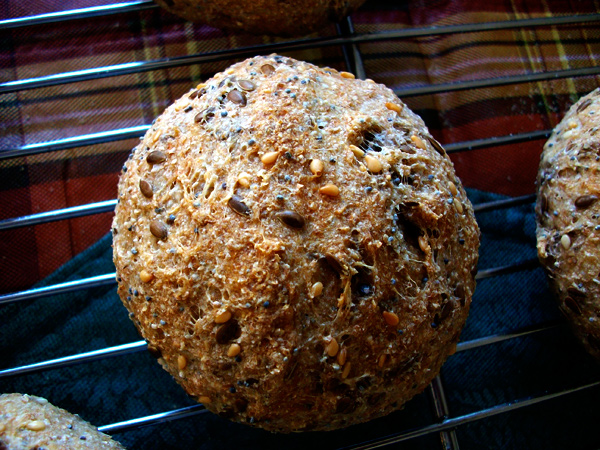Getting updates by email
By the way, a week or so ago I added a new email notification feature that I think is really handy. If you go to:
My Account >> Edit >> Email Preferences
and check the box and save you can get a notification any time someone replies to a thread you've started. I'm finding this a great way of keeping track of responses to blog entries I made weeks or months ago that otherwise I'd miss.
- Log in or register to post comments
- 8 comments
- View post
- Floydm's Blog

